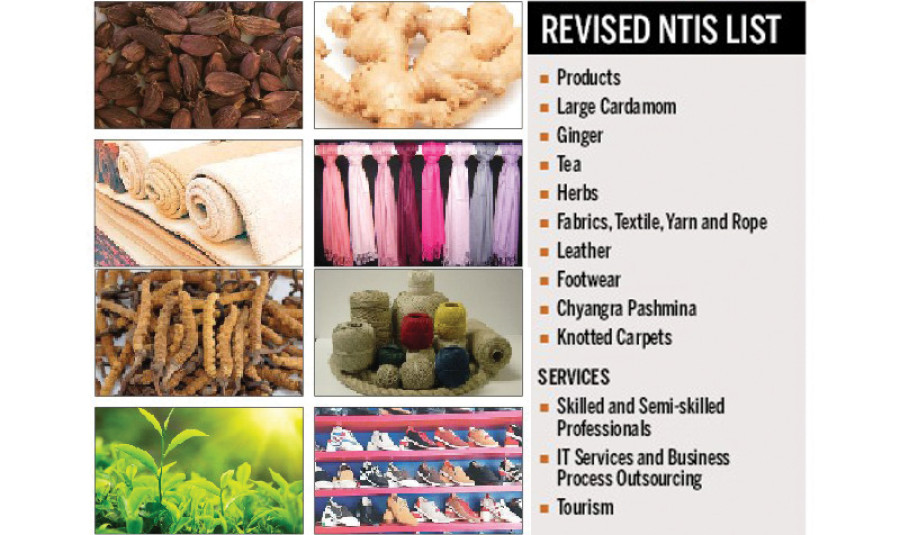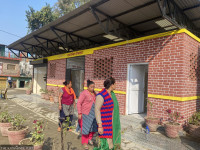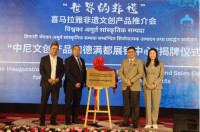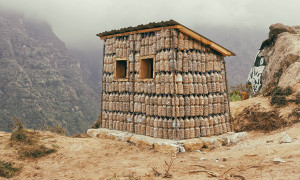Money
List of goods, services with export potential cut to 12
The government has revised the list of high value goods and services with export potential contained in the Nepal Trade Integration Strategy (NTIS) by removing poor performing items and adding new ones in a bid to streamline the plan.
The government has revised the list of high value goods and services with export potential contained in the Nepal Trade Integration Strategy (NTIS) by removing poor performing items and adding new ones in a bid to streamline the plan.
The list of products and services identified for special treatment has been whittled down to 12 from 19.
Lentils, honey, noodles, handmade paper, silver jewellery and iron and steel products are out. Likewise, health, education, engineering and hydroelectricity in the services list have been dumped.
Meanwhile, fabrics, textile and yarn, leather and footwear have been added to the list.
The Cabinet okayed NTIS 2016 last week and it is ready for implementation, the Commerce Ministry said.
NTIS was launched in 2010 with the objective of facilitating and promoting the export of high value products and services.
“We reduced the number of items as they have not performed well,” said Commerce Secretary Naindra Prasad Upadhyaya. “However, we have inserted new items in the list with the expectation that they will perform well.”
Domestic leather and footwear products have been gradually securing a larger share of the market and becoming more competitive as exportable products.
Upadhyaya said that the government would focus on increasing their competitiveness and production capacity to meet domestic and international demand.
As per the government’s assessment, the export volume, production and quality of tea, raw and processed hides, footwear, chyangra pashmina, IT and business process outsourcing and tourist expenditure have increased significantly over the last few years.
Meanwhile, the export, production and quality of large cardamom, ginger and herbal products have seen a modest rise.
Exports of hand-knotted carpets saw a rebound through market and product diversification. Likewise, shipments of synthetic yarn, synthetic woven fabrics and jute fabrics and bags have steadily increased, according to the government’s study.
Commerce Minister Jayanta Chand said the government had revised the NTIS to enhance the supply chain of the selected products in a focused way.
“If the quality, competitive prices and constant supply of these products ca n be assured, there is ample demand for them in the international market,” he said.
According to the ministry, the government has planned to promptly launch three projects focused on pashmina, ginger and herbs in rural areas to increase their production. The government will coordinate with development partners in this effort.
In a bid to promote Nepali products in the international market, the government has decided to set up information centres and display these products at Nepal’s embassies in Switzerland, Thailand, Australia and South Africa.
Nepal will also participate in International Carpet Exhibition 2016 scheduled to be held in Xining in China from June 2.
The government has also decided to register a collective trademark of woollen carpets in the US and Europe and of large cardamom in India, the UAE and Pakistan.
Meanwhile, in order to formally implement the recently signed Transit Transport Agreement with China, the government has decided to start the process to formulate a protocol.




 10.12°C Kathmandu
10.12°C Kathmandu













